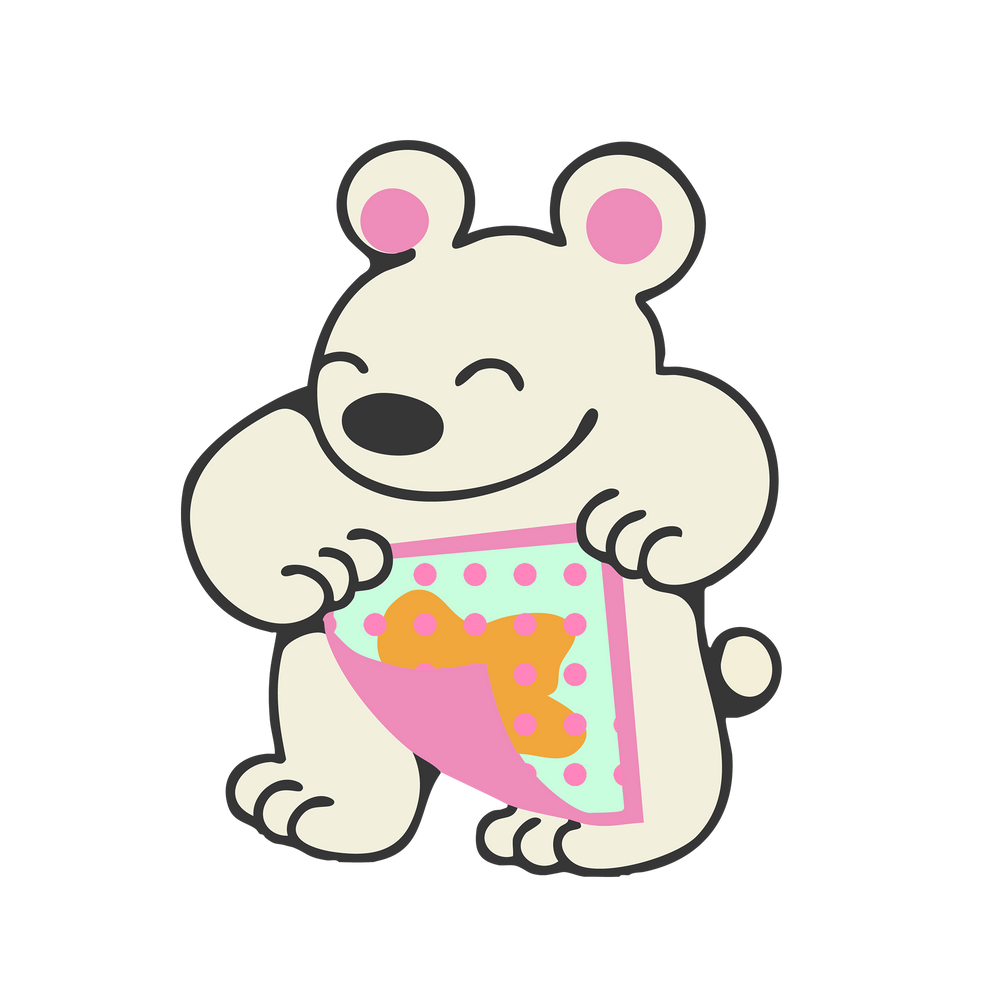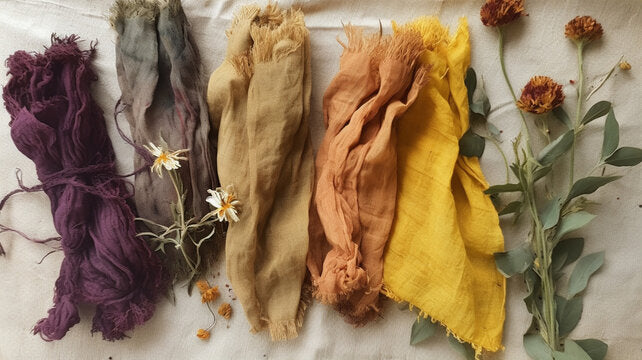The Power of Plants: Making Natural Dyes for Fabric
Craving some colour this spring? In this edition of Show + Sale Studio Stories, we asked AUArts Fibre minor Kathleen Merkley to show us the art and science of transforming simple fabric with vibrant natural dyes.

The Journey Begins: Washing and Pretreating
Before the magic of dyeing can begin, an artist must properly prepare their fabric. This involves washing and pre-treating the material to ensure the dye adheres effectively. The cloth simmers in a pot with soap for about an hour, and then is rinsed and transferred to another pot containing a “mordant”. The mordant, a chemical agent, aids in the dye penetrating the fibers, and is simmered with the cloth for 45 minutes to an hour. The cloth is rinsed one more time and is now ready for dyeing!

Exploring the Colour Spectrum: Choosing Natural Dyes
The world of natural dyes offers a kaleidoscope of possibilities, with each hue derived from plants with unique characteristics. While synthetic chemical dyes provide consistent colors, natural dyes give artists an opportunity to create bespoke batches of cloth. From the regal purples of logwood, sourced from the heartwood of trees in Mexico, Central and South America, to the cheerful yellows of Calgary-grown marigolds and the golden hues extracted from onion skins, the options are as diverse as nature itself.

For a natural purple you may choose logwood the heartwood of a tree grown in Mexico, central and south American and parts of Africa.

A dye that grows well locally in Calgary are marigolds which produce a rich mustardy yellow.

And if you eat a lot of onions the skins can be made into a dye that produces a golden yellow.
Expanding Your Palette: Creating Custom Colors
Natural dyeing isn’t just about mixing a single color dye; it's about blending and mixing different plants to craft custom shades. By combining different natural dyes, such as marigold and logwood, one can achieve a myriad of colors, from earthy browns to subtle variations of yellows and oranges. The key to making custom natural dyes lies in understanding the proportions of your materials. How much plant material you use is based on the Weight of the Fabric (WOF) and the percentage of dye material required. For example, for a medium shade using logwood chips, 10-15% WOF translates to 10-15 grams of dye material for every 100 grams of fabric.

The Moment of Truth: Bringing Your Fabric to Life
With the natural dye material prepared, it's time to start the dyeing process. The dye material is simmered in water for about an hour, extracting its rich pigment. Once strained, the fabric is added to the simmering dye bath, where it can be left loose for a solid color or manipulated through tying, clamping, or stitching for intricate patterns and variations. The longer the fabric remains in the dye bath, the deeper and richer the color becomes. Once the cloth is dyed to the artist’s liking, it is rinsed one more time and hung to dry.
Embracing Nature's Natural Colours: A World of Creativity
Natural dyeing isn’t just a cool process; it’s an opportunity to create custom fabrics that celebrate the colours that already exist around us in nature. So next time you go shopping for handmade gifts at Show + Sale or other local businesses, make sure you keep an eye out for these unique, vibrant natural dye pieces!

Kathleen is a fourth year Jewellery +Metals Major and Fiber Minor. She strives to support artists to succeed by creating opportunities and sharing knowledge.
Email: Kathleen.j.merkley@gmail.com
Instagram: Kathleen_Merkley













Leave a comment